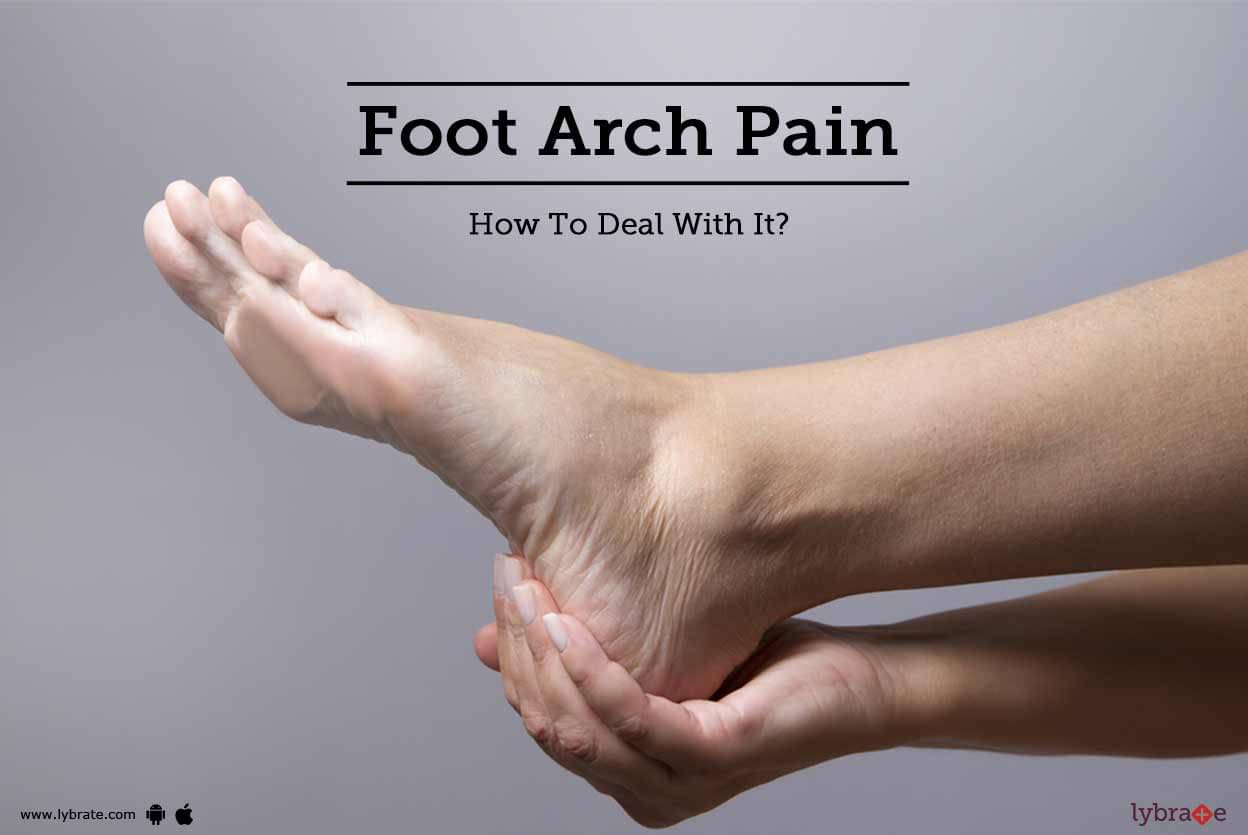
Top arch pain in foot how to#
The award-winning podiatrists at 1Foot 2Foot know how to relieve your arch pain and will develop a treatment plan specifically for your foot condition. Occasional arch pain is common however, if the pain and discomfort persist, it is time to seek medical intervention. Lastly, take your time and pace yourself and rest when you need to. Your podiatrist can show you stretches that you can incorporate into your routine. Maintain a healthy weight to alleviate some of the stress on your feet. Avoid going barefoot, as the lack of arch support while barefoot can trigger arch pain. You can prevent arch pain in a few different ways, First, ensure you are wearing the proper footwear for your activity and that the shoe fits properly. Your podiatrist will be able to provide you with an estimated recovery time once an accurate diagnosis is made. Recovery time will depend on the cause of your arch pain and the treatment necessary to resolve it. Regenerative medicine techniques such laser or shockwave therapy.Foot-type specific arch supports or custom orthotics.After diagnosing the underlying cause of your pain, your podiatrist will develop a treatment plan that may include the following: If your pain persists or worsens, you are unable to bear weight because of the pain, or you develop redness or swelling to the foot, it’s time to make an appointment with your 1Foot 2Foot podiatrist. If you suffer from occasional arch pain, you may find relief with some home remedies, such as rest, icing the foot, and over-the-counter anti-inflammatory medications. Arthritis in the arch is often associated with bone spurs and can cause aching and throbbing pain with every step.įoot pain is never normal. Pain and swelling will typically be felt at the top of your arch, making closed shoes and walking uncomfortable.Īrthritis is an inflammation of the joints that can occur anywhere in the body. Stress fractures occur when your bone swells from overuse and cracks. Because these can be difficult to diagnose, early evaluation by a foot and ankle specialist is necessary to prevent long term problems. Though not as common as ankle sprains, arch sprains can cause significant pain. Pain occurs in the arch, the bottom of the foot, the inner part of the ankle, and on the top of the foot. Tendinitis is more common in those with flatfoot, as they are more likely to strain the tendons in the foot. Tendinitis is inflammation or strain of a tendon. Pain occurs at any time, even while at rest. The pinched nerve causes sharp pains, aching, or foot cramps. The pinched nerve is actually located below the ankle, but the pain radiates to the arch of the foot. Nerves in the feet can get pinched, and this causes pain in the arch. After walking around for a few minutes, the arch stretches, and the pain is relieved. The pain from plantar fasciitis is very localized to the arch and is worse in the morning when you get out of bed. Plantar fasciitis occurs when a band of tissue that runs from the heel to the arch becomes irritated and inflamed. This condition is more common in the heel, but it can occur in the arch of the foot. The most common causes of arch pain in adults include: Overuse, injury, weight gain, flatfoot, as well as other medical conditions can all cause pain in the arch. The arches of the foot are made of muscles, tendons, and ligaments.

Arch pain can also be caused by injury to the foot, as well as the wrong footwear, standing incorrectly, and flatfoot.Īrch pain refers to pain between the ball of the foot and the heel. Standing for long periods of time can predispose you to pain in the arch of the foot. The arch of the foot absorbs the shock when you walk and bears your weight when you stand. Arch pain is common in everyone, not just athletes.


 0 kommentar(er)
0 kommentar(er)
